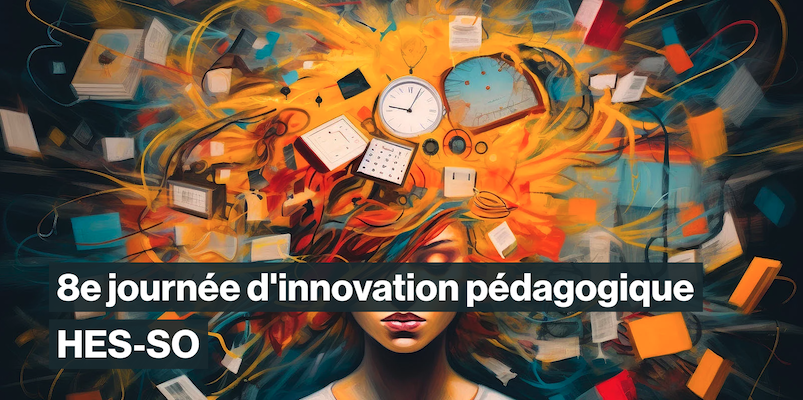New Learning Environments
For the last Switch-AAA’s Info Day, I was asked to present the “New Learning Environments” (NLEs) developed these last 3-4 years within the AAA program. I was not given any definition about what characterizes these environments, but I received 6 project’s titles (out of about 50), which were categorized as « NLE ». Let us consider in turn these projects.
The Projects
ITSI
IT-Service Integration (ITSI) is about designing a future learning (academic) environment combining the virtual and « physical » (on-campus) components, which include studying, teaching, research and administrative aspects. The pre-study phase indicated that learners and teachers are not necessarily interested in « virtualizing » learning and teaching, but rather they wish to learn and teach using modern and integrated IT-enhanced easy-to-use environments. Moreover, learning environments should not be constricted to formal learning and teaching, or to a specific didactical scenario. Instead, an integrated IT-enhanced environment should be supportive of a variety of teaching scenarii and of Life-Long Learning (LLL). Identification of such a new environment must focus on software, hardware, infrastructure, rooms, etc., and must consider:
- Big vs. small classes (lecture and seminar rooms);
- Formal vs. non-formal teamwork;
- Self-study;
- Public space as learning place (mobile learning, learning at home, library and learning centers);
- Examinations and assessments.
ScienceWISE
ScienceWISE is a Web-based Interactive Semantic Environment for e-Science (in particular in physics, mathematics, biophysics, environmental and computer science). Its main goal is to provide a platform for the creation of virtual organizations of scientists, working together on a dynamical generation of professional field-specific ontologies. The prototype version of the ScienceWISE system is already functioning. The first invited experts already started to fill the content of encyclopedia definitions and ontological content. The ontological information simplifies students’ orientation in unfamiliar fields, permitting an efficient adaptation into the scientific research, and bridges the well-known gap between textbooks topics and subjects of scientific papers…



